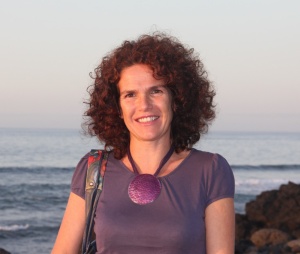Linhares, D.P.S., Garcia, P.V. & Rodrigues, R. (2020) Fluoride in volcanic areas: a case study in medical geology. Environmental Health (ed. by J. Oosthuizen), 51-63. IntechOpen. eISBN:978-1-83962-777-4. ISBN:978-1-78984-894-6. DOI:10.5772/intechopen.86058.
Volcanic regions have always attracted many people worldwide because of the high fertility of their soils. However, human proximity to volcanoes can lead to several health problems as consequence of the chronic exposure to the materials released from the volcanic activity. An element often found in elevated concentrations in volcanic regions is fluorine. Although fluoride is recognized to have a beneficial effect on the rate of occurrence of dental caries when ingested in small amounts, its excessive intake results in a widespread but preventable pathological disease called fluorosis. While skeletal fluorosis, the most severe form of fluorosis, requires a chronic exposure to high concentrations of fluoride in water (4–8 mg/L), dental fluorosis occurs after shorter periods of exposure to fluoride in lower concentrations (1.5–2.0 mg/L). In some volcanic regions, where exposure to elevated amounts of fluoride is persistent, biomonitoring programs are fundamental to assess the main sources of exposure and to evaluate the effects of the exposure in resident populations. This chapter aims to cover the main effects of fluoride exposure in humans and discuss the use of a multidisciplinary approach that brings together the geoscience, biomedical, and public health communities to address environmental health problems.

